The Vikings who raided Ireland were mainly interested in plundering Irish communities and monasteries. However, they also gave Ireland the beginnings of some of the country’s great cities.
The Vikings began to terrorise Ireland during the early 9th century. At that time there were no cities or towns of any significant size.
Society was formed around small family groups scattered across the country.
This meant there was no centre or power that could resist the raiders, who found easy pickings among the monasteries and occasional wealthy families.
At first, the Vikings attacked and pillaged whatever they could find before sailing back out to sea.
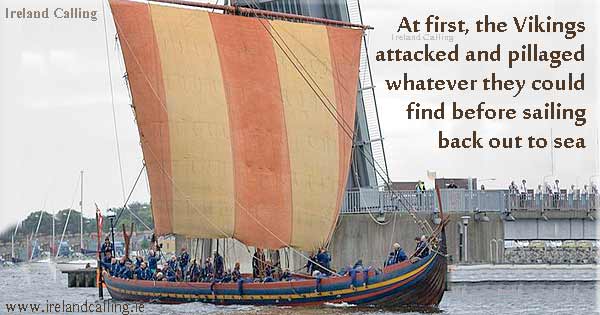
This continued for several decades but then they began to settle temporarily in parts of the country so they didn’t have to brave the sea during the winter months.
Over time these settlements became permanent and some would eventually become what are still the major cities in the country today. Even the name of the country ‘Ireland’ came from the Vikings; the island was initially known as ‘Erinn’.
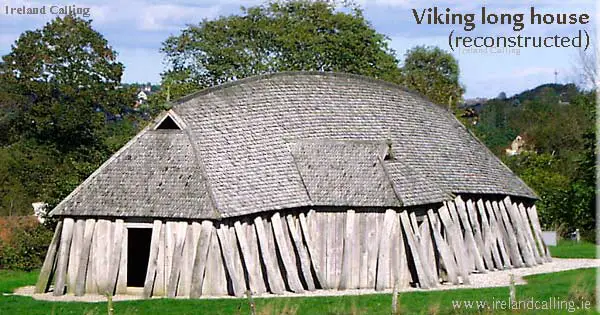
The cities of Dublin, Cork, Wexford, Waterford, Wicklow and Limerick were all founded by the Vikings.
They became important fortresses and trade centres before the Vikings finally lost control of the cities to the Irish hundreds of years later.
Dublin
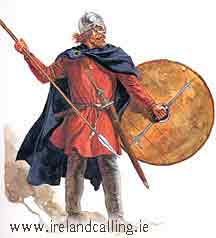
The first Vikings arrived in Ireland in AD 795. They raided a monastery on Lambay Island near what is now known as Dublin Bay.
They returned several times over the years and by AD 841 they had set up a permanent settlement on the east coast by the River Liffey.
It was a perfect settlement for the Vikings as they could move inland along the river, they could dock their ships and they also had a quick route out to the Irish Sea.

The Irish called the settlement ‘Fine Gall’ which meant ‘foreign people’ or ‘foreign tribe’. They also referred to it as ‘dubh linn’ which meant ‘Black pool’ or ‘black mire’ based on the area’s local features.
Both names stuck, with dubh linn developing the city’s current name, Dublin, and Fine gall, becoming Fingal, which is still used to describe Dublin County Council.
Over time the town grew to become an important power base in Viking era Ireland. During this time they were in constant conflict with the native Irish, although they also formed alliances with some of the Irish kings and chieftains.
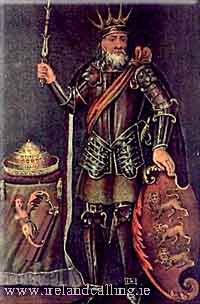
By the eleventh century, the city had become so important that Brian Boru was not able to call himself the High King of Ireland until the King of Dublin had submitted to him.
The Battle of Clontarf in 1014, which set the course of Irish history, was fought in Dublin.
While the title of the Battle suggests it took place in the modern area named Clontarf, it is likely to taken place closer to where the Croke Park stadium now stands – a few km to the west of Clontarf.
It came to a head when the King of Leinster and the King of Dublin refused to acknowledge Brian’s High Kingship any longer. Several of the most powerful men in Ireland died in the battle leaving a power vacuum in the country. More on the battle of Clontarf.
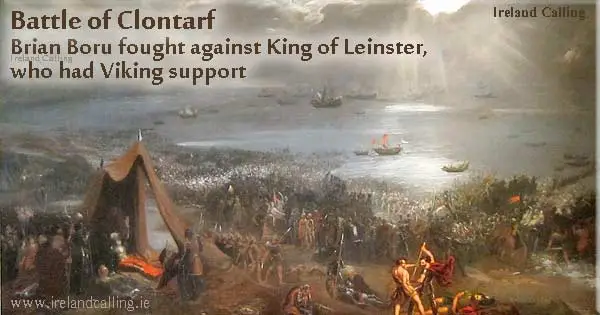
Following the battle, the Vikings remained in control of Dublin although their power was lessened. Over the following decades they became integrated into the dominant Irish society.
Dublin cemented itself as Ireland’s major city following the Norman invasion, over a century later.
Other major cities
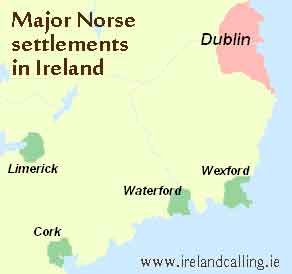
The Vikings set up similar settlements in other parts of the country. Limerick was set up on the estuary of the River Shannon.
This gave them similar access to the open sea as they had in Dublin on the other side of the country.
They also established the town of Waterford in the South of the country where the rivers Suir, Barrow and Nore met to join the sea.
Other towns set up included Cork, which like Dublin was originally a monastic settlement, as well as Wexford and Wicklow.
The Vikings were unable to build great towns in Ulster because of the powerful resistance they met from the Uí Néill. The Uí Néill wouldn’t submit to the Vikings and even won battles with them at sea.
The Vikings made small settlements in Ulster such as Ballyholme, Carlingford, Larne and Strangford, but they never evolved into major cities as the towns in Leinster and Munster became.
Longford is a town in the centre of Ireland. While it wasn’t established by the Vikings, it was named after the stockade that protected the people from the longships of the Vikings.
Irish History – quick, easy-to-read summaries
Easter Rising 1916 – six days that changed course of history